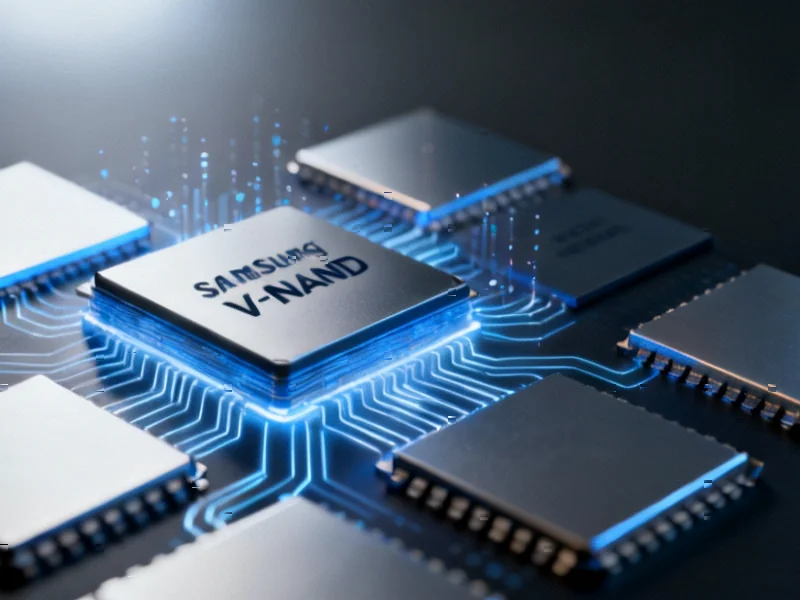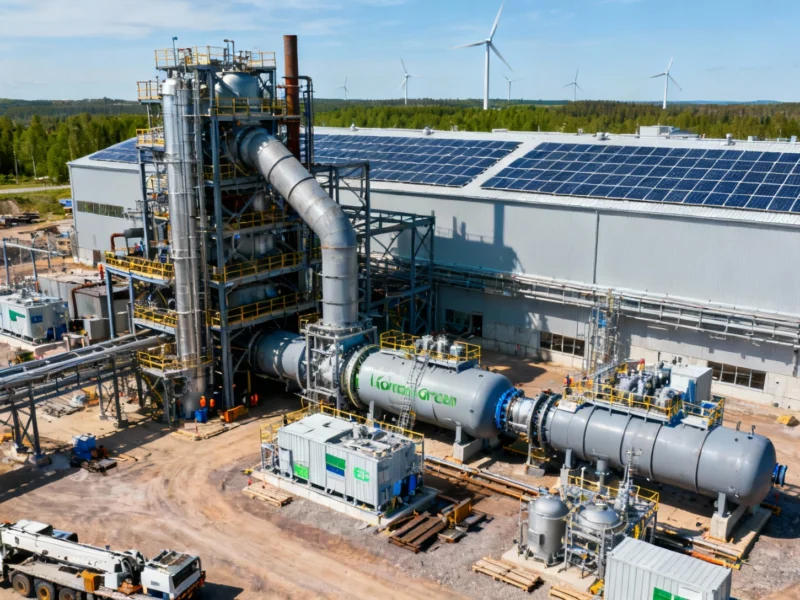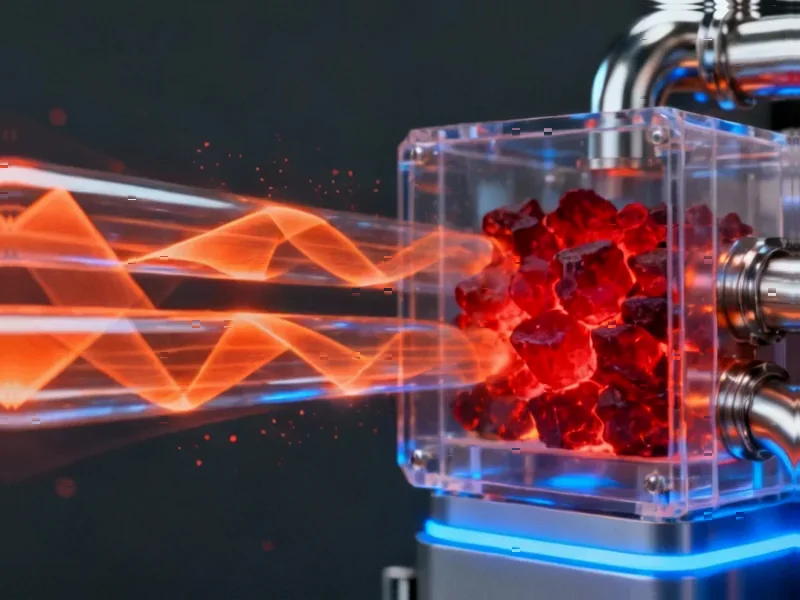AI Inference Workloads Fuel Storage Market Transformation
The global storage landscape is undergoing a significant transformation as artificial intelligence applications evolve from training to inference phases. This shift has created unprecedented demand for high-performance storage solutions capable of handling massive data retrieval operations in real-time. Data centers worldwide are now prioritizing storage infrastructure that can deliver both exceptional speed and reliability to support the growing requirements of AI inference workloads.
Table of Contents
Samsung’s Production Surge Signals Market Recovery
According to industry analysts at TrendForce, Samsung has significantly increased production capacity at its Pyeongtaek manufacturing facility. The utilization rate for Samsung’s 8th-generation V-NAND production line reached approximately 80% during the third quarter of 2025, marking a substantial improvement from the 60-70% utilization rates seen in previous periods. This production ramp-up reflects the strengthening demand across the NAND flash market, with component and material orders showing consistent growth since mid-year.
Technical Breakthroughs in 8th-Generation V-NAND
Samsung’s 8th-generation V-NAND represents a major technological leap forward, featuring an impressive 236-layer architecture that substantially increases storage density compared to the previous generation’s 176-layer design. The implementation of Toggle DDR 5.0 interface technology enables data transfer speeds of up to 2.4 Gbps, delivering approximately 20% performance improvement over earlier generations. These advancements make the technology ideally suited for next-generation PCIe 4.0 and 5.0 solid-state drives, particularly in applications where both speed and data integrity are critical.
Enterprise Storage Demand Reshapes Production Allocation
The current market dynamics have created an interesting shift in production allocation. While Samsung’s 8th-generation V-NAND was initially developed for consumer SSDs, the surge in enterprise demand has prompted significant redirection of production capacity toward data center applications. The ongoing shortage of QLC-based drives has accelerated this trend, with data center operators increasingly adopting TLC alternatives to meet their expanding storage requirements. This reallocation has resulted in noticeably reduced inventory levels for consumer SSDs, highlighting how quickly market priorities are adapting to the AI-driven storage revolution.
Market Implications and Future Outlook
The increased production of advanced V-NAND technology comes at a crucial time for the storage industry. As AI workloads continue to evolve and expand, the demand for high-performance storage solutions is expected to maintain its upward trajectory. Samsung’s production expansion not only addresses current market needs but also positions the company to capitalize on the growing requirements for automotive storage systems, edge computing applications, and next-generation data center infrastructure. The market’s rapid adaptation to these changing demands demonstrates the storage industry’s critical role in enabling the continued advancement of artificial intelligence technologies across multiple sectors., as related article
For those interested in deeper technical analysis of storage market trends, industry reports provide additional context about how manufacturers are adapting to the evolving storage requirements of AI-driven applications.
Related Articles You May Find Interesting
- Elon Musk’s xAI Reportedly Used Hollywood Film Clips for AI Video Training Amid
- Indeeco’s iHeat Revolution: How Next-Gen Tube Bundles Are Transforming Industria
- Honor Magic8 Series Debuts in China with Flagship Performance and Unmatched Batt
- Fracking Giants Pivot to Power AI Boom as Oil Industry Faces Prolonged Slump
- How DataSnipper’s Traceable AI is Revolutionizing the Audit Industry
References
This article aggregates information from publicly available sources. All trademarks and copyrights belong to their respective owners.
Note: Featured image is for illustrative purposes only and does not represent any specific product, service, or entity mentioned in this article.



